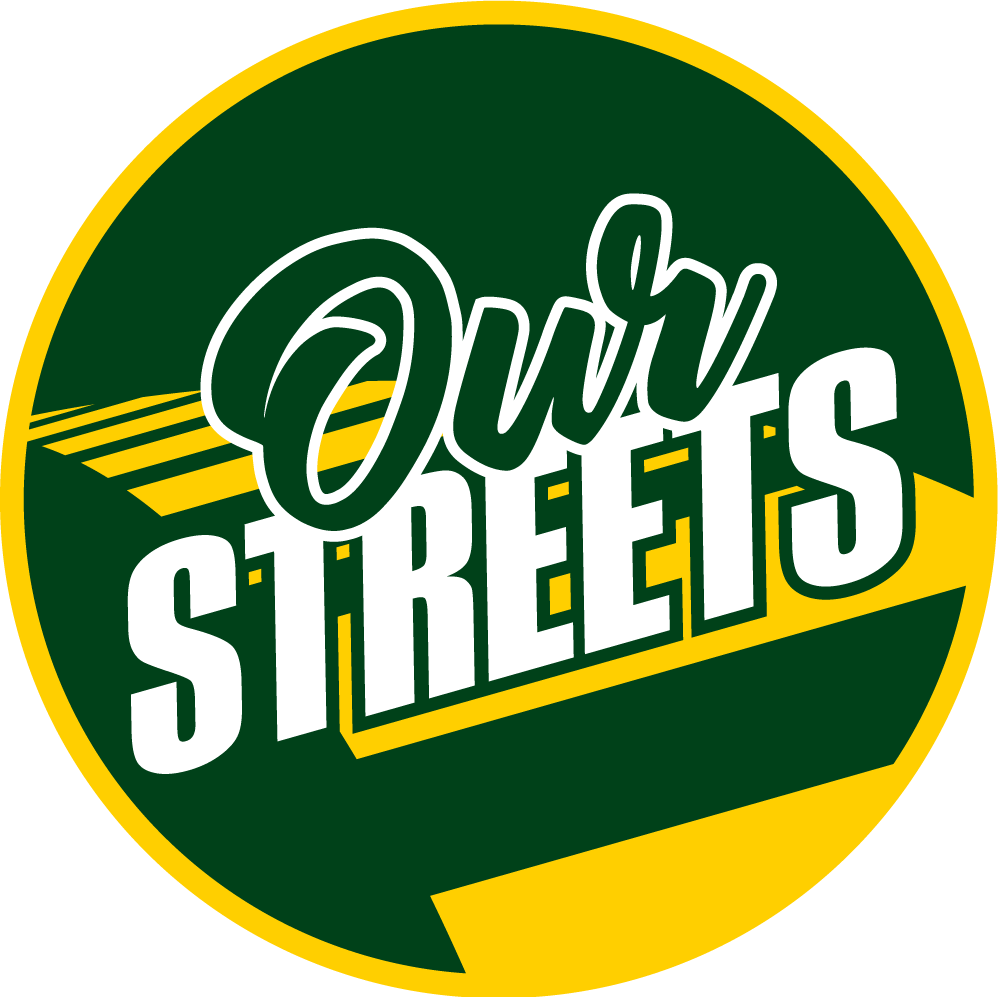Redlining
It is just like it sounds. Red lines were drawn on maps – like the Home Owners’ Loan Corporation (HOLC) map to the left – less than a hundred years ago, defining where Black, Indigenous, and People of Color (BIPOC) could live.
One way to interpret this map is that the color-coded sections were defining how and where banks should make investments. This definition was claimed to be about either the value of the properties or the healthiness of the area, as can be observed by the term “Hazardous” as a classification for the red zones. However, the result was that maps like these were used to target and discriminate in lending, leading to exclusionary renting and purchasing options for BIPOC people.
Note that sections “D4” and “D5” are the Central District of Seattle, a historically Black neighborhood. This map and the story behind it also reveal the intentionality of creating a Black or BIPOC neighborhood. In fact, the practice of redlining coupled with restrictive covenants, which were deeds to properties that barred ownership and residence for BIPOC. Together these practices relegated BIPOC to redlined zones.
Looking at the map, you may notice that much of the South End of Seattle, which includes the Rainier Beach area, are labeled yellow and were not redlined. This also meant that BIPOC were not welcome. Redlining was outlawed in 1968, and by the late 1990s and early 2000s, the South End had the most diverse zip code in the whole United States. In his memoir, “My People Are Rising,” Aaron Dixon – one of the founding members of the Seattle Chapter of the Black Panther Party for Self-Defense – tells stories of how unwanted Black people were in the South End. There are serious questions about whether or not this may be claimed as “progress” when we include into the discussion how BIPOC have been pushed out of neighborhoods through gentrification.
Also important to observe is that redlining maps like these were being drawn up during the Jim Crow era of segregation, before Brown v. Board of Education in 1954 and the Civil Rights Movement. During this period, there was a mass exodus of Black folx out of the South to escape the inhumane treatment they were experiencing. They left with hopes of experiencing the ‘American Dream,’ but found themselves relegated to what later became known as ghettos. These circumstances were intricately tied to the capitalist system through for-profit banking, and were upheld by racist politicians. Our people were forced into areas labeled hazardous after the Industrial Revolution, stripped of resources, and denied investments — and still they thrived, against all odds.
Image accessed from: Segregated Seattle (https://depts.washington.edu/civilr/segregated.htm)
This short video produced by PBS describes the practices of redlining, defines how the maps were used in Seattle, and draws connections to the legacies of this practice.
Image accessed from: Museum of History and Industry (MOHAI) (https://digitalcollections.lib.washington.edu/digital/collection/imlsmohai/id/2932/rec/271)
“Aerial of Lake Washington floating bridge approach from southwest, Seattle, 1940” Source: a staff photographer at the Seattle Post-Intelligencer
You can learn more about the history of redlining in Seattle at “Segregated Seattle,” a resource created for the University of Washington’s Seattle Civil Rights & Labor History Project.
On their site, you can find historic maps, property deeds with restrictive covenants, local research, and photos.



